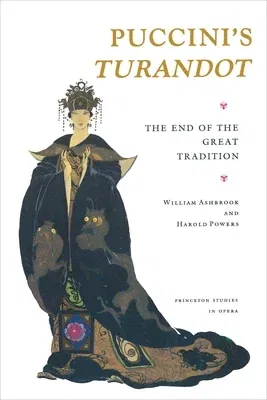William Ashbrook
(Author)Puccini's Turandot: The End of the Great TraditionPaperback, 23 April 1991

Qty
1
Turbo
Ships in 2 - 3 days
In Stock
Free Delivery
Cash on Delivery
15 Days
Free Returns
Secure Checkout

Part of Series
Princeton Studies in Opera
Part of Series
Princeton Studies in Opera, 30
Print Length
208 pages
Language
English
Publisher
Princeton University Press
Date Published
23 Apr 1991
ISBN-10
0691027129
ISBN-13
9780691027128
Description
Product Details
Authors:
Book Format:
Paperback
Country of Origin:
US
Date Published:
23 April 1991
Dimensions:
23.11 x
15.49 x
1.5 cm
ISBN-10:
0691027129
ISBN-13:
9780691027128
Language:
English
Location:
Princeton
Pages:
208
Publisher:
Weight:
349.27 gm